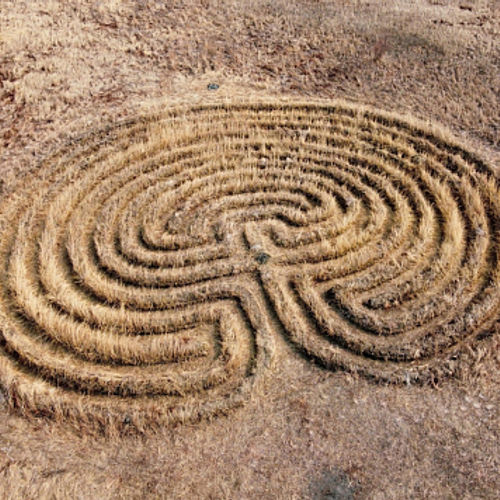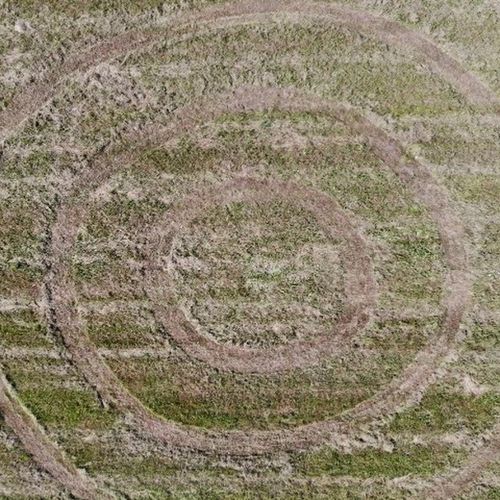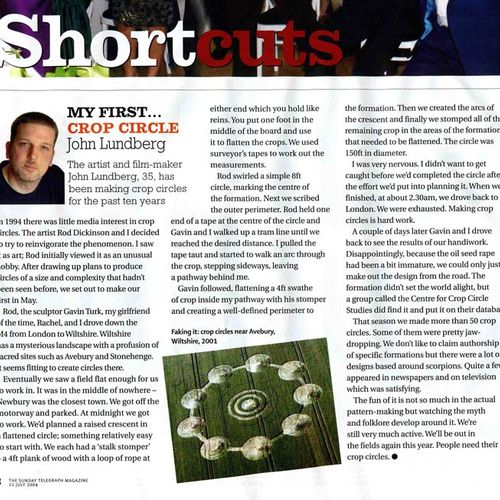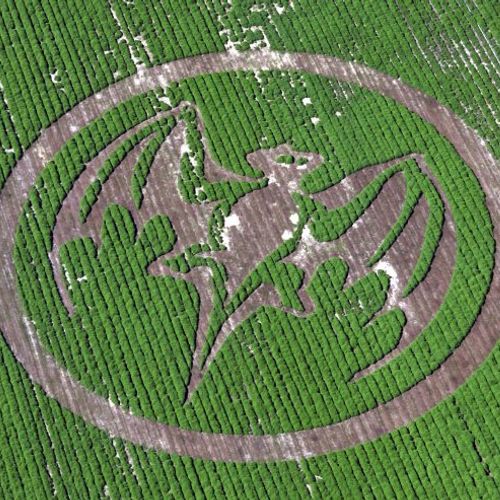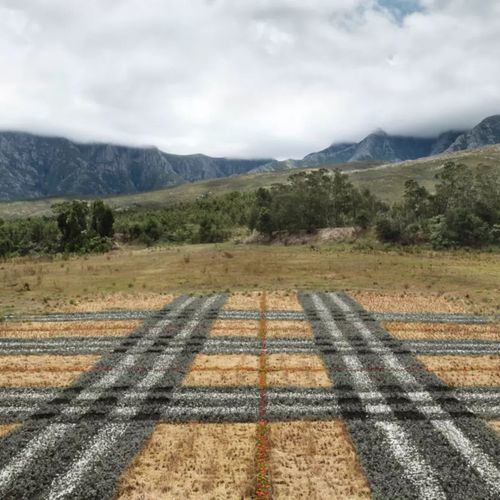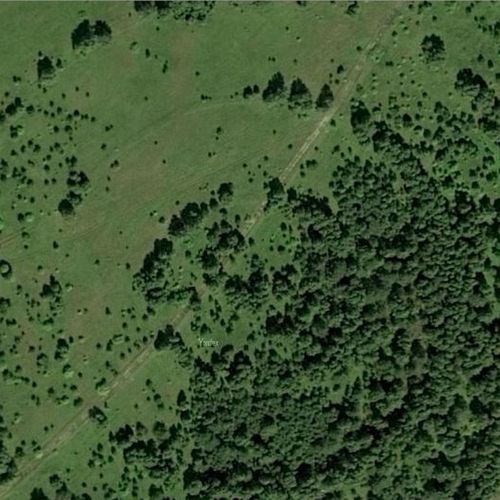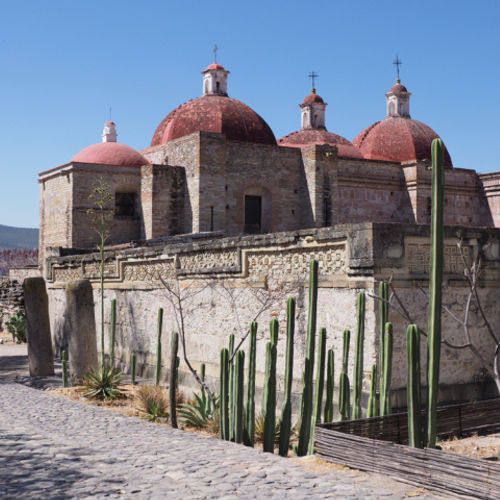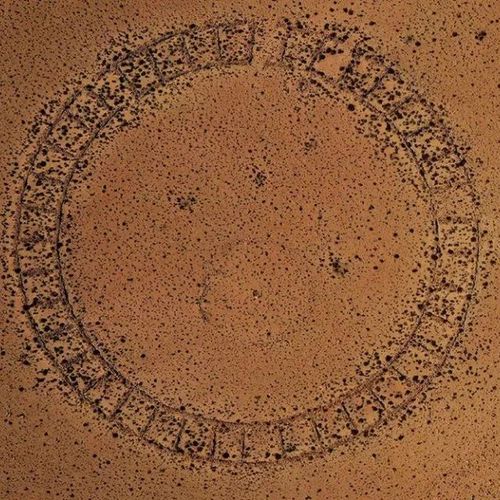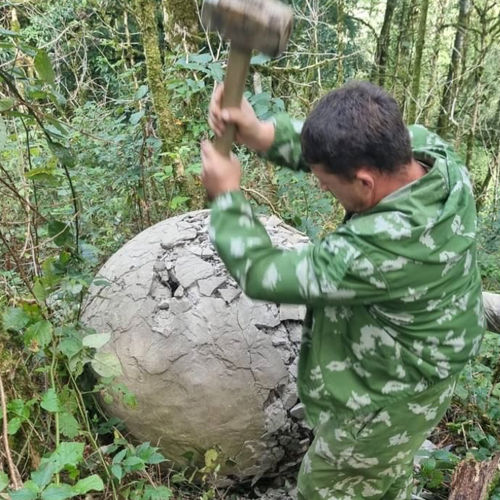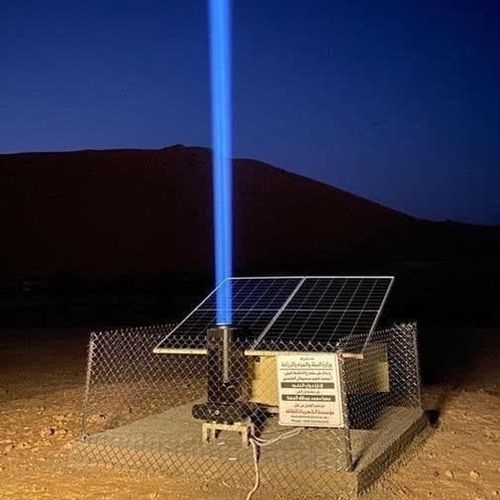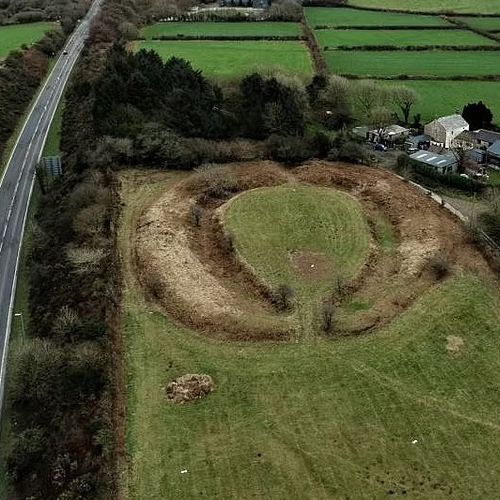
| Added | Tue, 24/01/2023 |
| Источники | |
| Дата публикации | Tue, 24/01/2023
|
| Феномены | |
| Версии |
A mysterious stone circle has been discovered in the middle of a prehistoric ritual site in Cornwall.
According to archaeologists, the find at Castilly Henge, near Bodmin, was only the second henge with a stone circle in the county.
It was discovered after a series of studies as part of a project to preserve and better understand this place, which is believed to have been built during the Late Neolithic period (3 000 - 2 500 years BC).
Defined by an outer rampart and an inner moat, Castilla Henge was supposed to be an amphitheater for gatherings and ritual activities.
Previous researchers have suggested that in the Middle Ages this place was used as a theater, and then as a battery during the English Civil War.
Anne Preston-Jones, head of the Heritage at Risk project at Historic England, said:
"Research at Castilla Henge has given us a deeper understanding of the complexity of this place and its importance to the history of Cornwall over the millennia.
This will help us make decisions about how to manage the monument and how to present it so that future generations can enjoy it."
The opportunity to apply modern research methods to the intriguing monument appeared in 2021, when it was included in the Monuments Management Scheme (MMS) - a partnership between Historic England and the Archaeological Department of Cornwall (CAU) for the preservation and repair of monuments included in the Heritage at Risk register.
Volunteers coordinated by the CAU cleared the site of vegetation that threatened underground archaeological deposits.
This work allowed teams from Historic England to conduct the first detailed topographic and geophysical surveys of Castilla Henge.
In the course of research, which will be described in more detail in the Historic England report published later this year, traces of a long-buried stone circle were found in the center of the henge, making this henge the second stone circle in Cornwall.
They also found detailed information about the original shape of the henge and its changes over time.
Peter Dudley, senior archaeologist at the Cornwall Archaeological Department, said: "The help of local volunteers has been invaluable in removing the eaglet and shrubbery hiding the henge.
Over the winter, thirteen people gave 111 hours of their time, and now the monument looks much better."
The field has also been re-fenced as part of the project, and the farmer is happy to start grazing again, which improves the long-term management of this amazing archaeological site."
Castilly Henge is listed on the English Heritage Register because its location makes it difficult to care for it, and as a result, earthworks and part of the interior area are heavily overgrown with bracken.
As part of the MMS project, volunteers removed the eagle and other harmful vegetation from the territory of the monument, making it visible again in the landscape.
Now the monument of the late Neolithic is fenced, which allows grazing cattle.
Castilly Henge is located in the centre of Cornwall, above the major junction of the A30 motorway with the A391 to St Austell and the A389 to Bodmin.
The earthworks are well preserved here, and it is an oval enclosure measuring 223 feet (68 m) long by 203 feet (62 m) wide, with a flat interior measuring 157 feet (48 m) long by 91 feet (28 m) wide.
The surrounding moat is 24 feet (7.6 m) wide and 5.9 feet (1.8 m) deep, with an outer embankment up to 5.2 feet (1.6 m) high.
As a result of the revolution, small groups of travelers turned into settled communities that built villages and towns.
Some crops used irrigation and cut down forests to improve farming techniques.
Others stored food in case of famine, and agriculture eventually created different roles and divisions of labor in society, as well as a trading economy.
In the UK, this period was caused by a huge migration or popular movement from across the English Channel.
Today, prehistoric monuments in the UK exist from the time of Neolithic farmers to the invasion of the Romans in 43 AD.
Many of them are protected by English Heritage and range from standing stones to massive stone circles, from mounds to hillforts.
Stonehenge, the most famous prehistoric structure in Europe and possibly around the world, was built by Neolithic people, and then completed in the Bronze Age.
Neolithic structures were commonly used for ceremonies, religious festivals, and as centers of commerce and social gatherings.
Новости со схожими феноменами
Новости со схожими версиями
Log in or register to post comments


